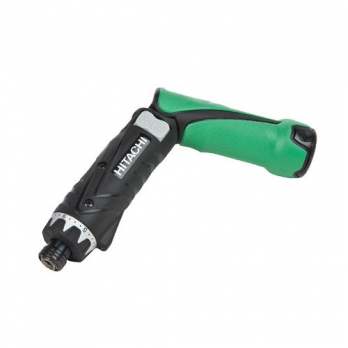What are the benefits of a multiple speed drill?
A multiple speed drill has a switch located on the body of the drill which allows the user to switch between low speed (high torque) and high speed (low torque) depending on the application. When drilling through materials, the high speed setting is ideal. The low speed setting works best when driving in fasteners because of higher torque output. The multiple speed feature can be used in conjunction with an adjustable clutch to prevent stripping of fasteners.







